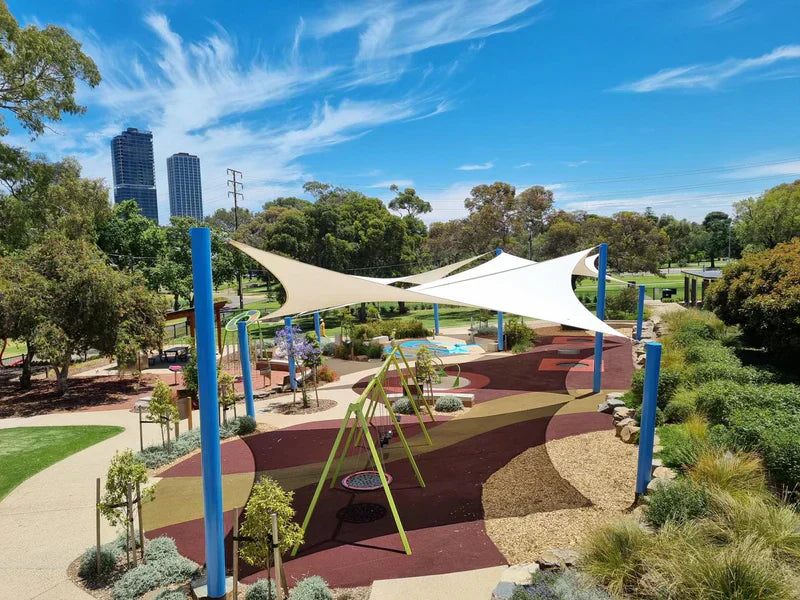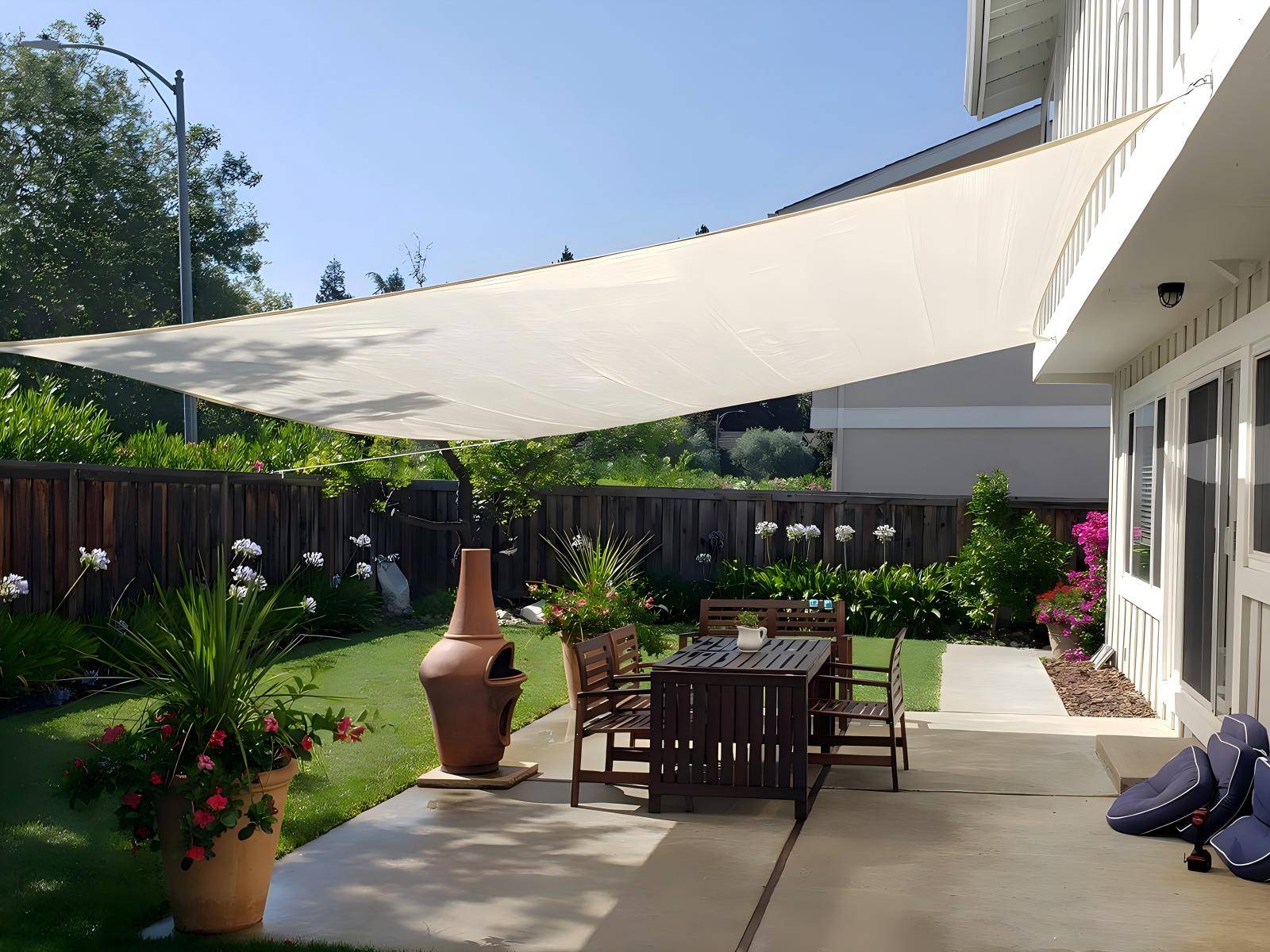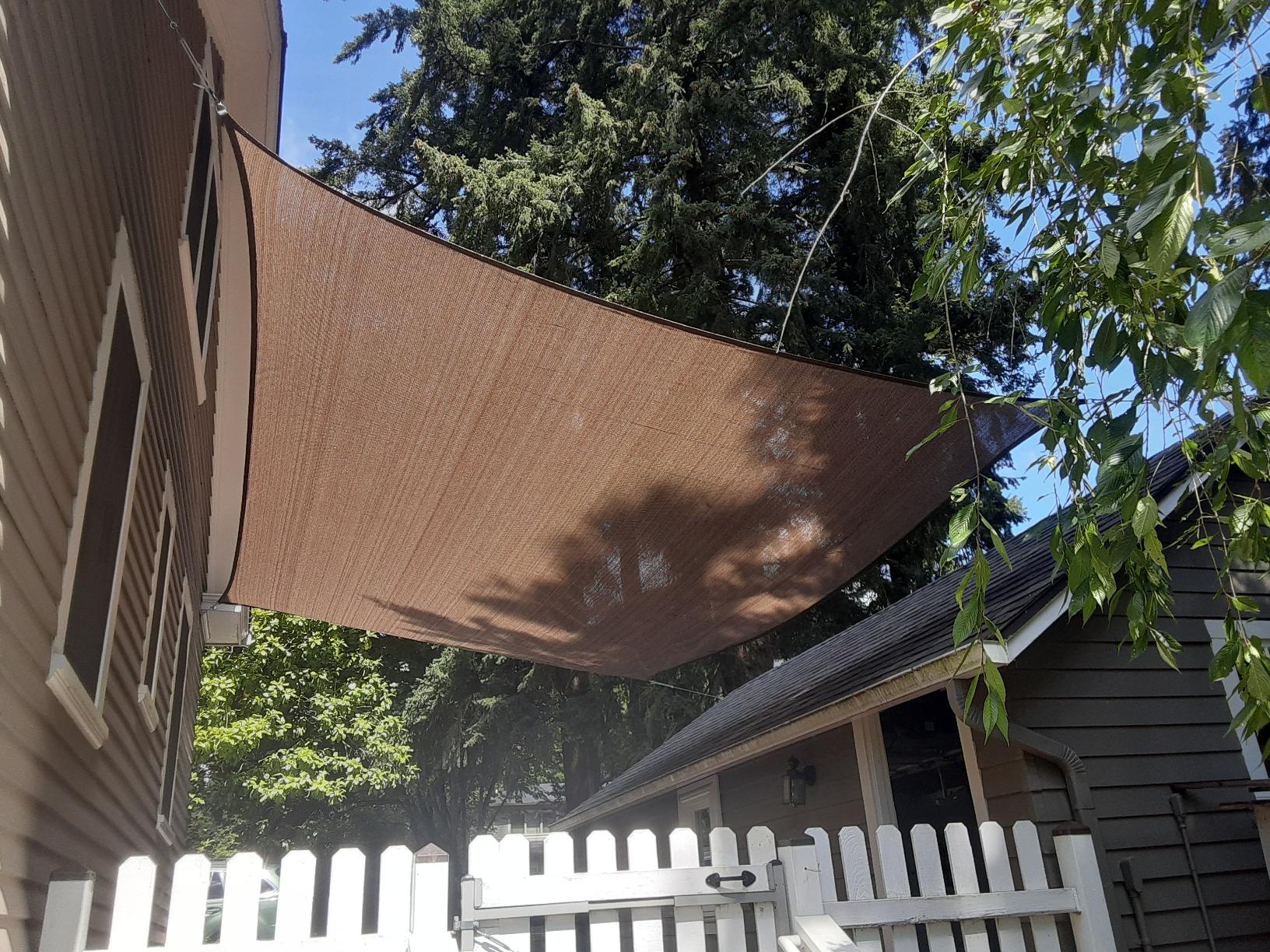
True Sun Protection Should Be as Natural as Air
Playground shade structures have become one of the most popular sun protection solutions today, particularly for childcare centers and schools, where demand is increasing rapidly. This growing trend has sparked important discussions among facility managers and pediatric researchers.
In this article, we will explore why shade sails are so widely embraced in childcare settings and use data to reveal their irreplaceable protective value.
The Truth About Sun Protection for Children That You Might Not Know
As a shade product engineer at Sunlax specializing in school shade solutions, I often hear parents say, “Isn’t applying sunscreen every day enough?” However, there are three key facts they may not be aware of:
- A child's epidermis is 30% thinner than an adult’s, meaning they lack a natural protective barrier.
- Their melanin content is only 1/4 of an adult’s, reducing natural sun defense by 75%.
- With more sweat glands, sunscreen is easily washed away by sweat.
Additionally, key research insights:
- Gaps in sun protection: 89% of families fail to implement proper sun protection—either forgetting to reapply sunscreen or struggling with kids refusing to wear hats, especially children aged 3 to 6 years.
- Skin memory effect: According to the International Journal of Environmental Research and Public Health, the number of sunburns accumulated before age 18 is directly linked to skin cancer risk in adulthood. A single sunburn in childhood increases the risk of melanoma by 50%[citation:A].
Sunlight can be both a blessing and a danger for children. Unfortunately, many parents’ lack of awareness significantly increases the risk of sunburn.
This is precisely why childcare-specific shade sails were created: to replace active protection (like sunscreen) with passive protection. By making shade as natural as air, children can enjoy continuous coverage while playing outdoors.
Choosing the Right Shade Solution
(1) Strategic Shade Solutions Comparison
- Umbrellas: Block only 75% of UV rays, provide limited coverage, and require constant repositioning.
- Sunscreen (SPF 50): Blocks 97% of UV rays in perfect conditions, but sweat and rubbing reduce effectiveness to below 60%. Sunscreen needs reapplication every two hours, yet fewer than 40% of families follow this practice.
- Hats: One-third of children tend to remove them while playing.
- Tree shade: Blocks 65% of UV rays, but coverage shifts as the sun moves.
- Shade sails: Made from high-density fabric with UV-resistant weaving technology, shade sails provide 95%–98.3% UV protection (ISO 17025 certified), covering large areas with adjustable angles.
Tip: Light-colored sails may look fresh, but darker-colored sails offer better sun protection!
(2) Three Child-Friendly Features of Shade Sail
- Easy Installation: The most common types—triangular and rectangular sails—only require three or four anchor points for installation. They’re highly versatile and DIY-friendly, allowing you to set them up with your child in just 10–20 minutes on a weekend.
- Year-Round Protection: With 12,000 hours of accelerated aging tests, shade sails withstand harsh weather conditions (excluding extreme snowstorms or hurricanes).
- Breathable Cooling Effect: The highly porous material combined with UV-blocking treatment effectively shields against both UV and infrared rays, enabling quick heat dissipation. Shade sails reduce temperatures by 5–8°F, offering children a comfortable outdoor experience.
(3) Unique Advantages of Shade Sail
- Transparent Pricing: Standard sails start at less than $15, with pricing determined by size and quality. Costs are clearly listed, ensuring fair and transparent pricing.
- Customization Services: Custom sails cater to various outdoor spaces. They can even be combined with trees or architectural lighting to create the ideal shaded environment, enhancing comfort for children.
- Stylish and Aesthetic Appeal: Properly installed shade sails not only provide protection but also enhance visual appeal, increasing property value.
(4) Eco-Friendly and Safe
Many regions have strict sun safety regulations for childcare environments. Made from child-safe materials, childcare shade sails offer the best sun protection while helping childcare centers meet health and safety standards and comply with local laws.
By installing shade sails, childcare facilities demonstrate their commitment to children’s health and well-being, while creating a safe and comfortable outdoor play area.
Creating a Free and Safe Outdoor Space

True sun protection should be as natural as air. To ensure proper shade coverage for children, schools and childcare centers need long-lasting, stylish shade solutions—shade sails.
When parents see their children playing freely in a shaded and safe outdoor environment, they’ll recognize the effort put into their well-being. This not only boosts the reputation of your institution but also supports business growth.
Similarly, shade sails can be a solution for parents to protect their own backyard playgrounds as well as decks and pools from the sun. Children can be happy and active and thrive without leaving the house.
Common Questions About Playground Shade Sails
Q1: Will Shade Sails Prevent Children from Getting Enough Sunlight for Vitamin D?
Not at all! By adjusting the coverage and angle, you can ensure full protection from 10:00 AM to 2:00 PM—when UV radiation is strongest—while still allowing adequate sunlight exposure in the morning and late afternoon.
Q2: Standard vs custom-made shades for schools?
Custom-made shade sail suits multi-use spaces(25% cost premium) and landscapes , while standard sails are best for combined coverage of play areas.
Q3: Are They Difficult to Clean and Maintain?
Cleaning is simple—just rinse with a garden hose every two months. Perform a detailed inspection once a year, and during heavy snow seasons, it’s best to take them down. For stubborn stains, use a mild detergent (such as soapy water or a diluted vinegar solution).
Q4: How Do I Choose the Right Size?
Shade Area = Activity Area + 1.5m (buffer zone).
For example, a picnic table for six people requires a 4m × 4m sail. For complex shading needs, consider combining multiple sails or opting for a custom design.



